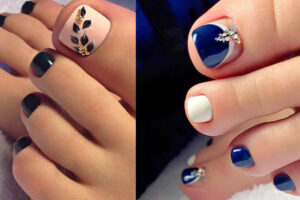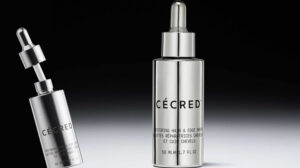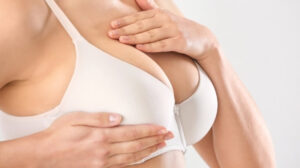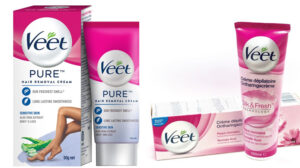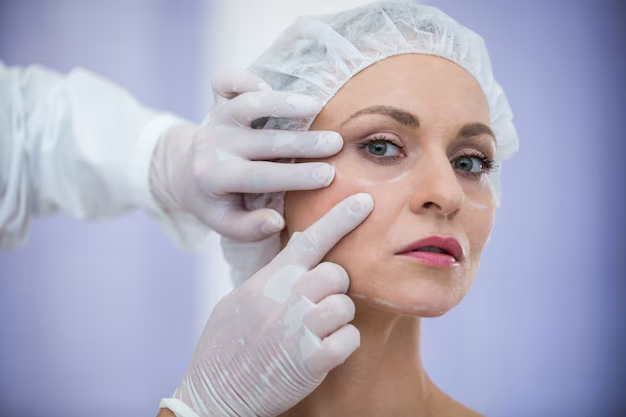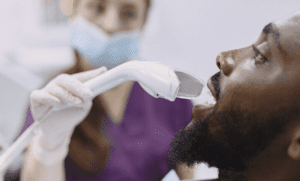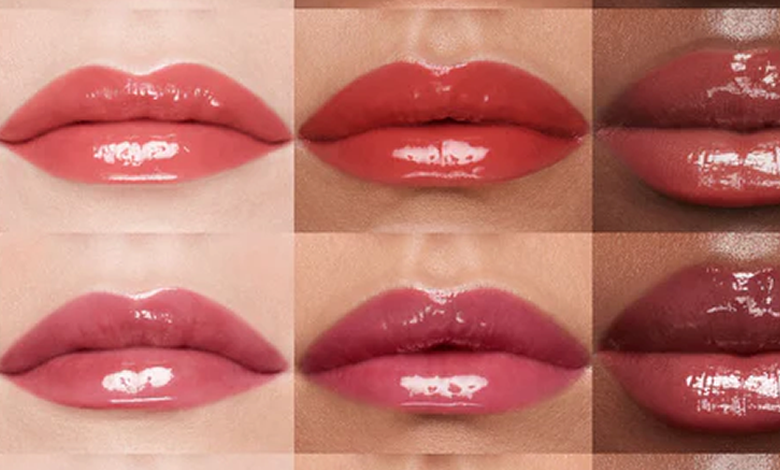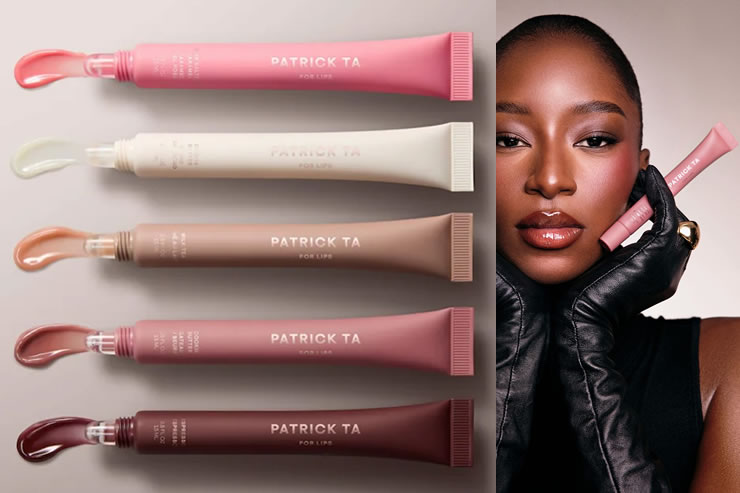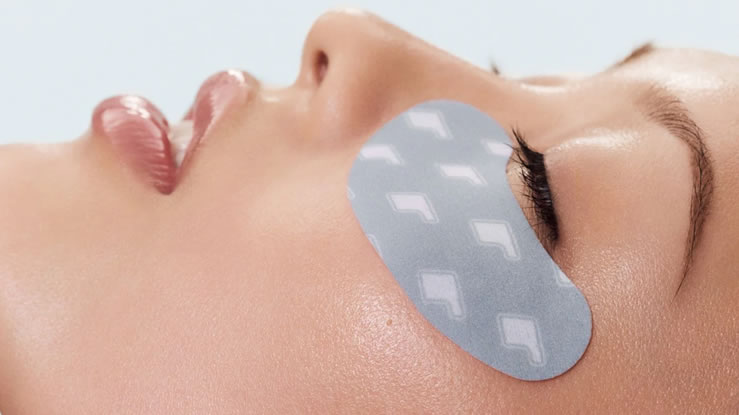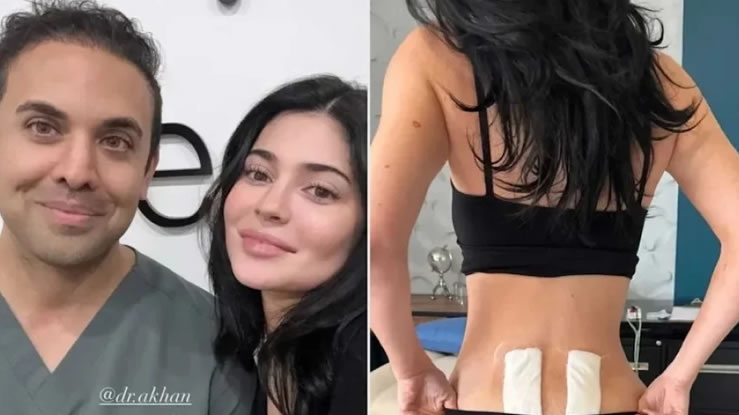A hanging belly, also known as an apron belly or pannus, can develop for many reasons rapid weight loss, pregnancy, aging, hormonal imbalances, or genetic predisposition. It’s one of the most common concerns for both men and women, often impacting self-esteem, clothing choices, and even physical comfort. But here’s the good news there are many ways to address it, ranging from lifestyle changes and targeted exercises to advanced cosmetic treatments and surgical procedures. Let’s explore every effective method to help you understand what truly works and how to choose the right approach for your body.
Understanding the Hanging Belly
Before we dive into the solutions, it’s important to understand why a hanging belly forms. Essentially, this condition occurs when the skin and tissues around your lower abdomen stretch and lose elasticity. Factors such as pregnancy, significant weight changes, genetics, or aging can cause the abdominal skin and underlying fat to sag, forming a “pouch” or “flap.” In severe cases, this skin can hang over the waistline and even cause irritation or hygiene problems.
A hanging belly may also indicate weakened abdominal muscles, especially the rectus abdominis the same muscles that separate during pregnancy, a condition known as diastasis recti. This weakness makes the stomach protrude and can make it harder to achieve a flat midsection, even after losing weight.
Non-Surgical Ways to Get Rid of a Hanging Belly
For many people, the first approach is to try natural and non-invasive methods. These focus on improving muscle tone, burning fat, and tightening the skin.
1. Healthy Nutrition and Calorie Control
You can’t out-train or out-sculpt a poor diet. The first and most sustainable way to reduce belly fat is through healthy eating habits. Focus on a balanced diet rich in lean proteins (chicken, fish, eggs, tofu), whole grains, fruits, vegetables, and healthy fats (avocados, olive oil, nuts).
Avoid refined carbs, sugar-laden foods, and processed items that spike your insulin levels and cause fat accumulation around the midsection. Consider maintaining a calorie deficit consuming fewer calories than your body burns daily to encourage gradual fat loss.
Also, hydration plays a huge role. Drinking enough water supports digestion, reduces bloating, and helps your body metabolize fat more efficiently.
2. Regular Exercise and Strength Training
Exercise remains one of the most powerful ways to reduce a hanging belly. However, it’s not just about doing crunches. You need a combination of cardio, strength training, and core stabilization exercises to see results.
-
Cardio Exercises: Walking, jogging, cycling, or swimming can help burn calories and improve overall fat loss.
-
Strength Training: Lifting weights increases muscle mass, which raises your metabolism and helps burn fat even at rest.
-
Core Workouts: Planks, leg raises, Pilates, and yoga strengthen your abdominal muscles, providing a tighter and more defined midsection.
While spot reduction is a myth, toning your entire body helps reduce fat and enhances the appearance of your abdominal area.
3. High-Intensity Interval Training (HIIT)
HIIT involves alternating short bursts of intense exercise with brief rest periods. It’s proven to burn more fat in less time compared to traditional workouts. Studies show HIIT can particularly help reduce visceral fat—the deep fat stored around your organs that contributes to a larger belly.
4. Skin-Firming Creams and Lotions
Though not a miracle solution, certain creams containing retinol, caffeine, or collagen-stimulating ingredients can improve skin elasticity and hydration. They’re more effective when combined with massage or dry brushing, which enhances blood flow and helps tighten the skin’s appearance.
5. Radiofrequency and Ultrasound Treatments
Non-invasive treatments like Thermage, Ultherapy, and Exilis use heat energy to stimulate collagen production in the deeper layers of the skin. These procedures tighten loose skin and smooth the surface over several sessions without surgery or downtime.
6. Cryolipolysis (CoolSculpting)
CoolSculpting is a non-surgical fat-freezing treatment that targets stubborn fat pockets, including the lower abdomen. The device freezes fat cells, which your body naturally eliminates over a few months. It’s ideal for people close to their goal weight who want to contour their midsection without surgery.
7. Laser Lipolysis (SculpSure)
This non-invasive treatment uses laser energy to heat and destroy fat cells beneath the skin. It’s a great option for mild to moderate belly fat and helps with slight tightening of the skin as collagen is remodeled.
Surgical Solutions for a Hanging Belly
If non-surgical options don’t deliver the desired results—especially after major weight loss or pregnancy—surgical intervention can provide a more dramatic and long-lasting transformation.
1. Tummy Tuck (Abdominoplasty)
A tummy tuck is one of the most effective procedures for removing a hanging belly. It involves removing excess skin and fat from the abdomen and tightening the underlying muscles to create a flatter, firmer midsection.
There are different types of tummy tucks:
-
Mini Tummy Tuck: Targets the lower belly below the navel.
-
Full Tummy Tuck: Addresses the entire abdominal area, including muscle tightening.
-
Extended Tummy Tuck: For patients with excess skin extending to the sides or lower back.
Results are long-lasting as long as you maintain a stable weight and healthy lifestyle.
2. Liposuction
Liposuction removes localized fat deposits through suction-assisted technology. It’s not a weight-loss method but an effective contouring tool, especially when combined with a tummy tuck. Variants like VASER liposuction or laser-assisted liposuction can also help tighten the skin while removing fat.
3. Panniculectomy
Unlike a tummy tuck, a panniculectomy focuses solely on removing the hanging skin (pannus) without tightening muscles. It’s often recommended for individuals who have lost massive weight and are dealing with a large overhanging fold. This surgery improves comfort and hygiene, though it may not achieve as sculpted an appearance as a tummy tuck.
4. Body Lift or Belt Lipectomy
For people who’ve undergone bariatric surgery or lost significant weight, a body lift can be transformative. This surgery removes excess skin from the abdomen, flanks, and lower back, resulting in a more balanced, tightened appearance.
Combination Treatments
For optimal results, doctors often recommend combining procedures. For instance, liposuction with a tummy tuck enhances contouring, while radiofrequency sessions after weight loss surgery can refine results by tightening residual loose skin.
Lifestyle and Maintenance Tips
Even after achieving a flatter belly, maintenance is key to long-term success.
-
Stick to a balanced diet to prevent new fat accumulation.
-
Exercise regularly, focusing on full-body workouts and core strength.
-
Stay hydrated to keep your skin elastic and healthy.
-
Avoid rapid weight fluctuations that can stretch your skin again.
-
Get enough sleep, as poor rest can lead to cortisol spikes that promote belly fat storage.
Mental Health and Body Image
It’s equally important to address the emotional and psychological aspects of body transformation. A hanging belly can deeply affect self-esteem and body confidence. Engaging in therapy, mindfulness, or body positivity practices can help align your mental well-being with your physical goals.
Consulting a Professional
Before deciding on any treatment, it’s essential to consult a certified professional whether it’s a dermatologist, aesthetic specialist, or plastic surgeon. They can assess your body composition, skin elasticity, and goals to recommend the most effective and safe approach tailored to you.
Getting rid of a hanging belly is not about chasing perfection it’s about restoring comfort, confidence, and health. With the wide range of modern solutions available, from clean nutrition and exercise to high-tech non-invasive devices and transformative surgical procedures, there’s an option for everyone. Whether you prefer a natural route or a more direct surgical intervention, consistency and professional guidance are your best allies in achieving a firmer, flatter midsection and feeling great in your own skin.


